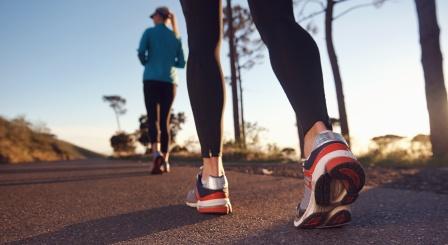
There is a lot of expert opinion on running technique for performance and injury but its complex and sometimes contradictory. When we look at running without injury what helps one person often doesn’t for the next. Pain is not uncommon with running so for this article lets define an injury as when pain influences your running. This article is running advice that often does help get you running pain free …
Planning your approach to running is important but most of us just run when we get the time.
How often should I run is a great question with many possible answers. Let’s start with why you run? Having a goal is an important part of getting started. What do you want to achieve by running: increase fitness, lose weight, do a 5km park run, improve your time for running a set distance, complete a half or full marathon or simply feel better mentally and physically. Let’s aim to minimise or avoid muscle or joint pain that stops you from continuing to run.
How often (runs per week) and how long (distance)?
This depends on whether you have been running lately or not. If you haven’t run in the past 12 months then you need to start slower and less frequently then increase more gradually. There are apps such as couch to 5kms that can help guide you with graded increases. If you already have a base level of running fitness then you can progress more quickly.
Starting with 2 runs per week and working up to 4 per week is a good guide for frequency but it depends on how far you are running and you base running fitness. Starting with 3km walk / jog progressing to continuous jogging then working towards 5km (park run distance) is a good place for those who haven’t run recently.
One of the most common mistakes leading to joint or tendon pain is just doing too much too soon.
If you have had running injuries such as back or hip pain, shin splints or knee pain previously then a physio assessment is recommended before you start. This will identify stretches and strength exercises that will help and provide a guide to how often and how far you run when getting started.
What surface (grass, beach, cement, road)?
The surface you run on needs to be considered. If you want to do a half marathon on road and cement then we need to prepare your body for these surfaces. But if you are just getting started grass has the least impact and has most give to reduce impact stress through the legs. Road or tar is next then cement is the most stressful. Beach is obviously going to have less impact but be careful on the wet sand near the water if there is a reasonable side slope as this will quickly lead to pain. Soft sand level running is hard work, fantastic fitness and low impact but again don’t go too hard too soon. If you are prone to foot pain, then you should have shoes on even for beach runs.
What type of shoes?
There is a lot of research being done around shoe types and orthotics. You can read more detail in our running shoes blog but the only accurate advice is once you have found a type of shoe that allows you to run without pain then stay with it. Finding that shoe becomes more difficult and it is recommended that a physio assessment look at your foot type, muscle strength and running style to best advise a starting point.
How should I run (technique)?
There is lots of information about the ideal running technique (such as the ‘pose’ method) but what suits one body may not suit the next. To land on your heel first like when we walk is associated with increased pressure on the joints in our legs. Alternately to land on the forefoot increases loads on the achilles, calf and shin. If someone has a natural preference to one style and doesn’t have any complaints then you are best not to change your style. If you are trying to avoid knee pain by running more on your forefoot you might just develop an achilles problem and then not be able to run. If you do have joint pain and have been advised to change your running style then get advice and make the change very slowly.
If you have any questions in relation to preventing or treating running injuries let us know on admin@numovesphysiotherapy.com.au
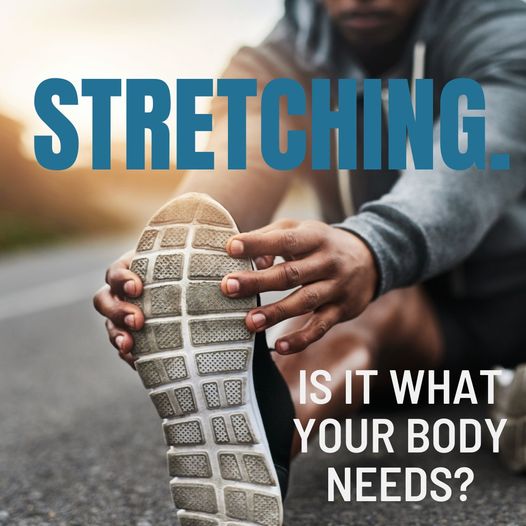

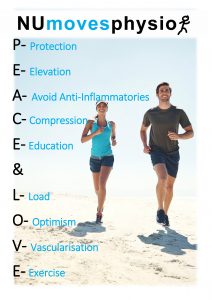
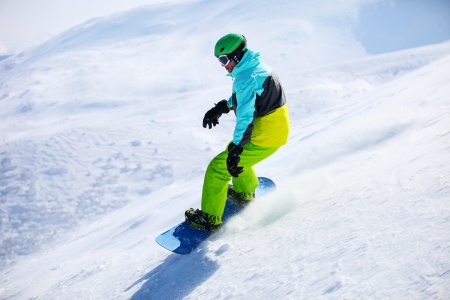
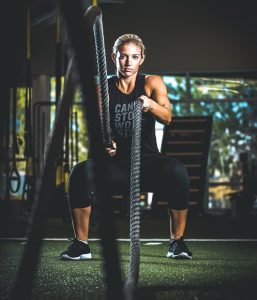 Exercise plays an important role in assisting in the management of mental well-being. Research exists that agrees with the idea that if we are regularly active the symptoms of depression may improve (
Exercise plays an important role in assisting in the management of mental well-being. Research exists that agrees with the idea that if we are regularly active the symptoms of depression may improve (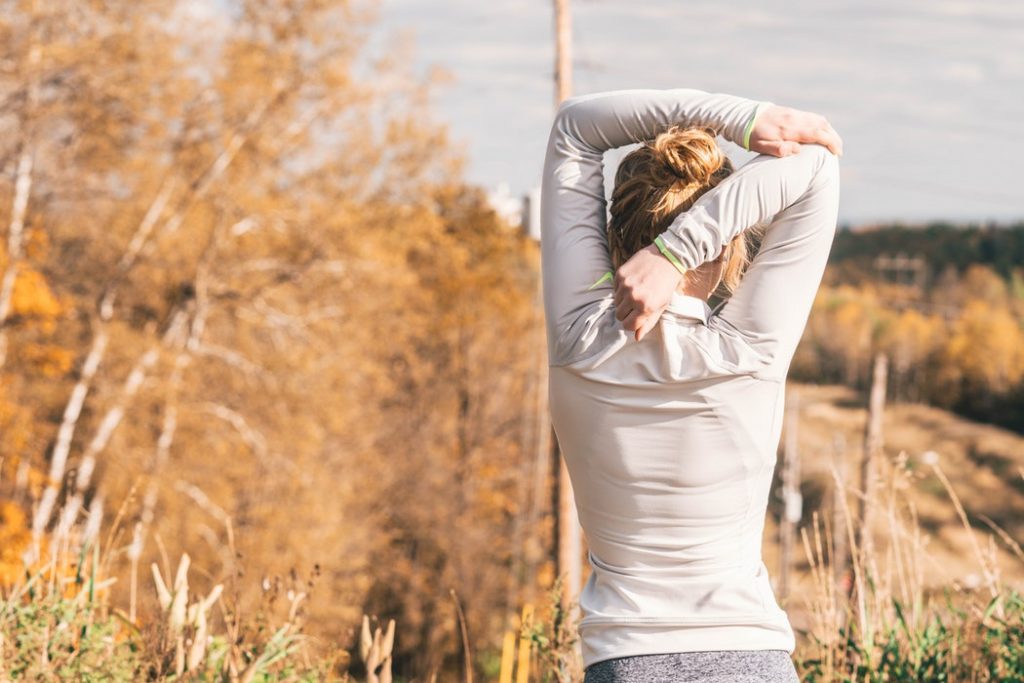

 The NU Moves Physio team has recently completed a masterclass debating the best approach to manage and treat adductor pain and tendon problems with footballers. Journal articles were found and discussed relative to the NU Moves approach to diagnosis and treatment.
The NU Moves Physio team has recently completed a masterclass debating the best approach to manage and treat adductor pain and tendon problems with footballers. Journal articles were found and discussed relative to the NU Moves approach to diagnosis and treatment.